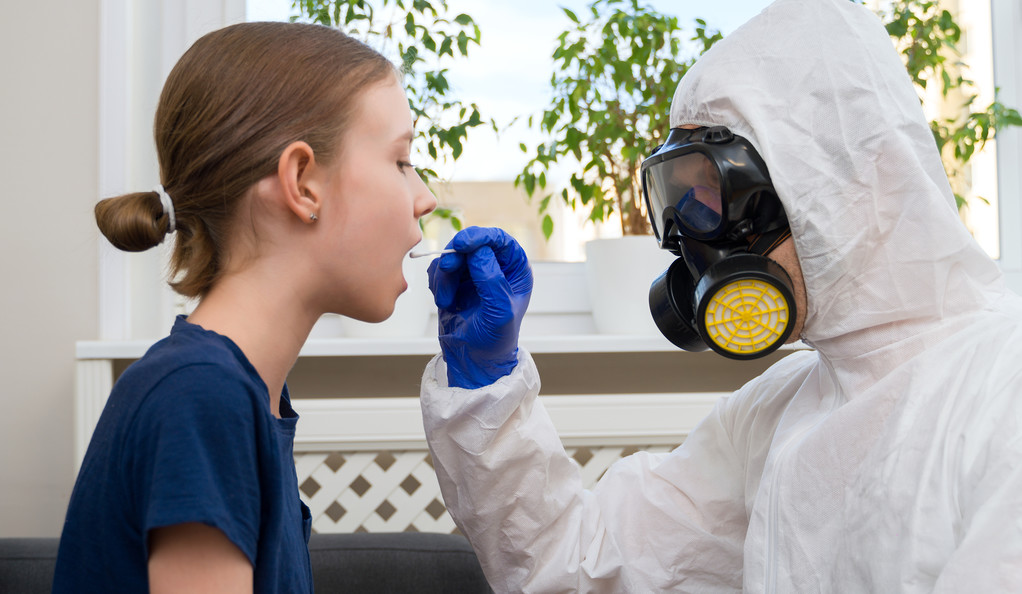Saliva samples preferable to deep nasal swabs for testing COVID-19
As testing for the novel coronavirus continues to scale up, a new study finds that saliva samples are a “preferable” indicator for infection than the deep nasal swabs now widely used.
The study led by the Yale School of Public Health — and conducted at Yale New Haven Hospital with 44 inpatients and 98 health care workers — found that saliva samples taken from just inside the mouth provided greater detection sensitivity and consistency throughout the course of an infection than the broadly recommended nasopharyngeal (NP) approach. The study also concluded that there was less variability in results with the self-sample collection of saliva.
“Taken together, our findings demonstrate that saliva is a viable and more sensitive alternative to nasopharyngeal swabs and could enable at-home self-administered sample collection for accurate large-scale SARS-CoV-2 testing,” said first author Anne Wyllie, an associate research scientist at the Yale School of Public Health and a member of its Public Health Modeling Unit. She was joined by 49 other researchers at Yale on the study.
The researchers also reported that the saliva approach detected SARS-CoV-2 in two asymptomatic health care workers who had previously tested negative for the virus in a NP swab test. Saliva testing may be especially useful due to its accuracy in identifying mild SARS-CoV-2 infections that are not detected with other methods, the researchers said.
More sensitive and consistent detection is expected to be critical in helping to assess when individuals are able to safely return to work and when local economies can reopen during the current pandemic.
The study has not been subject to peer review. The research results are currently available on the pre-print server medRxiv. The researchers called for the “immediate validation” of the results. Nasopharyngeal testing is considered the gold standard for detecting many upper respiratory tract pathogens.
The study noted that saliva is an appealing alternative to NP swabs because:
- Collecting saliva is minimally invasive to patients.
- Saliva samples can be reliably self-administered.
- Saliva has exhibited comparable sensitivity to nasopharyngeal swabs in detection of other respiratory pathogens.
The NP testing approach involves inserting a swab deep into the nostril and into the region of the pharynx. The swab is rotated to collect secretions and is then removed. The sample is then sent to a certified lab for analysis.
On April 13, the U.S. Food and Drug Administration gave emergency use authorization for a saliva-based test for COVID-19 developed by researchers at RUCDR Infinite Biologics, a biorepository backed by Rutgers University. The approved test must be conducted in a healthcare setting under supervision of a qualified professional.
“With further validation, widespread use of saliva sampling could be transformative for public health efforts,” said Wyllie.
Saliva testing requires less resources, personal protective equipment, and personnel than nasopharyngeal swabbing, the researcher said.
“Once tests and laboratories are validated for using saliva, this could be rapidly implemented and immediately resolve many of the resource and safety issues with SARS-CoV-2 testing,” said Nathan Grubaugh, an assistant professor at the Yale School of Public Health and one of the senior authors of the study.

